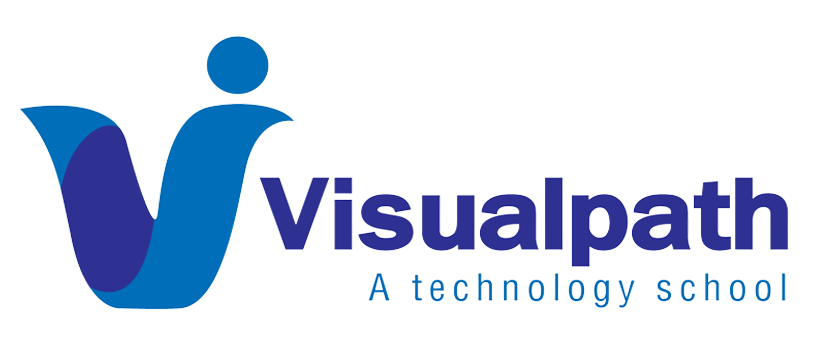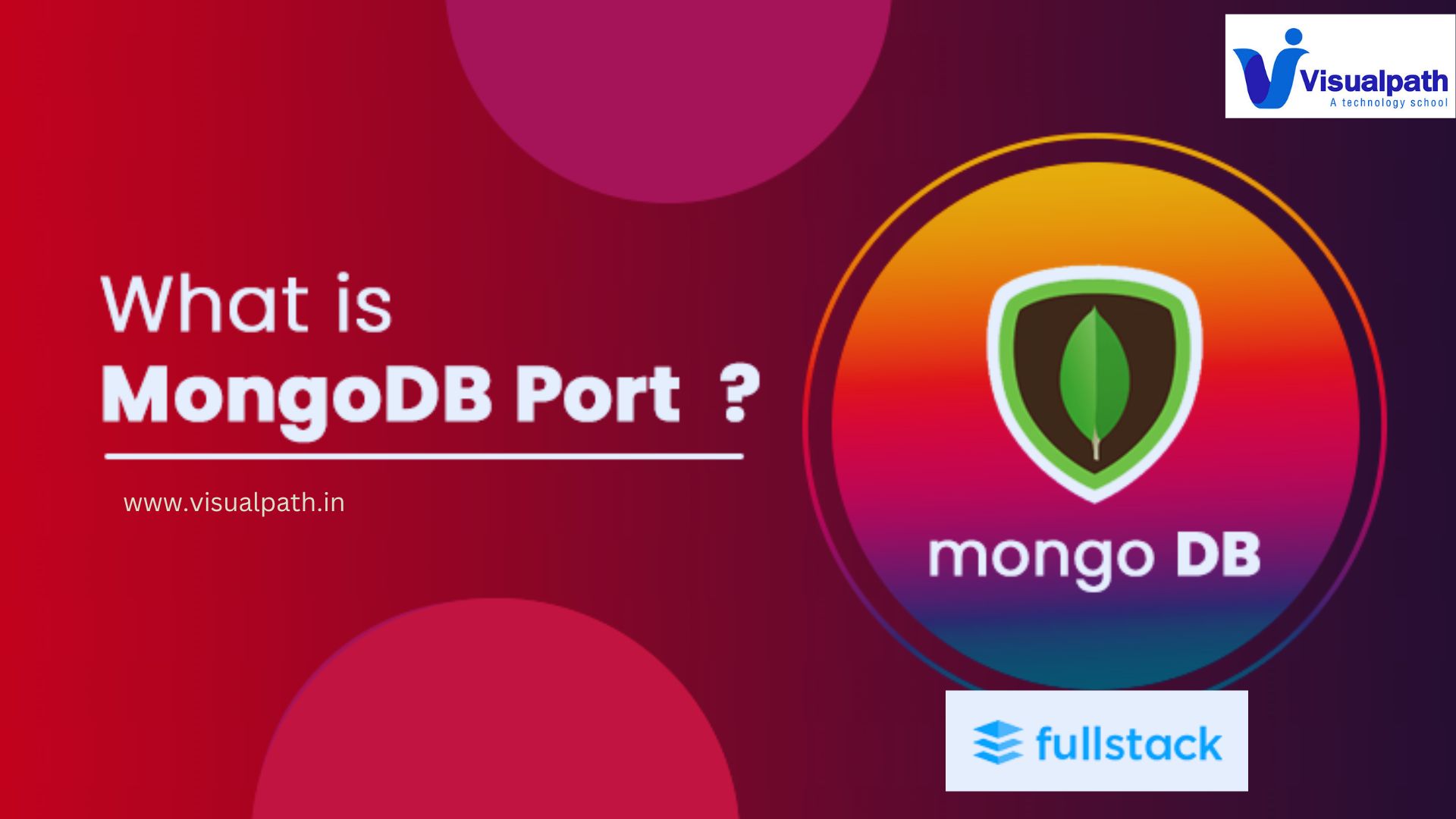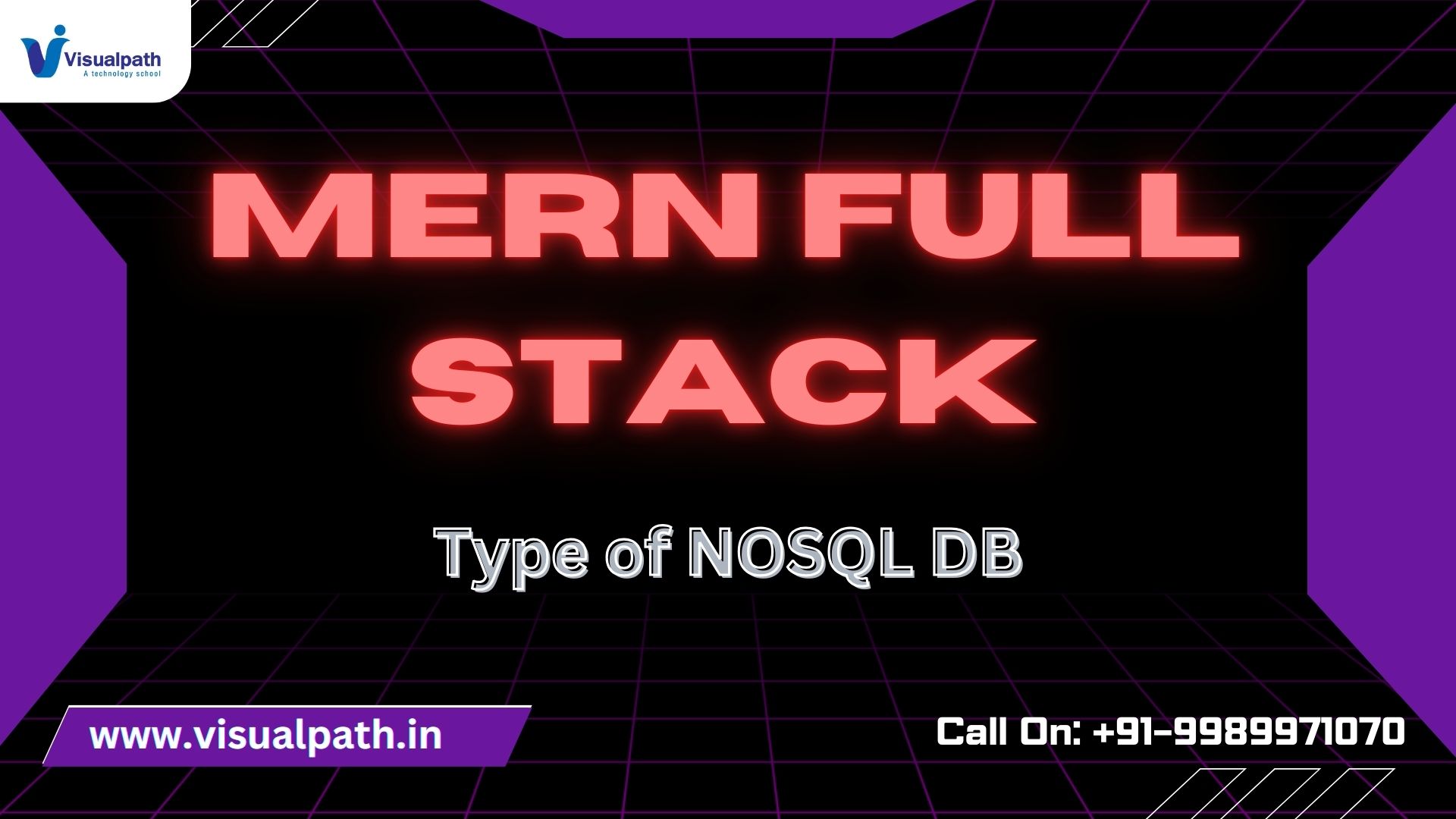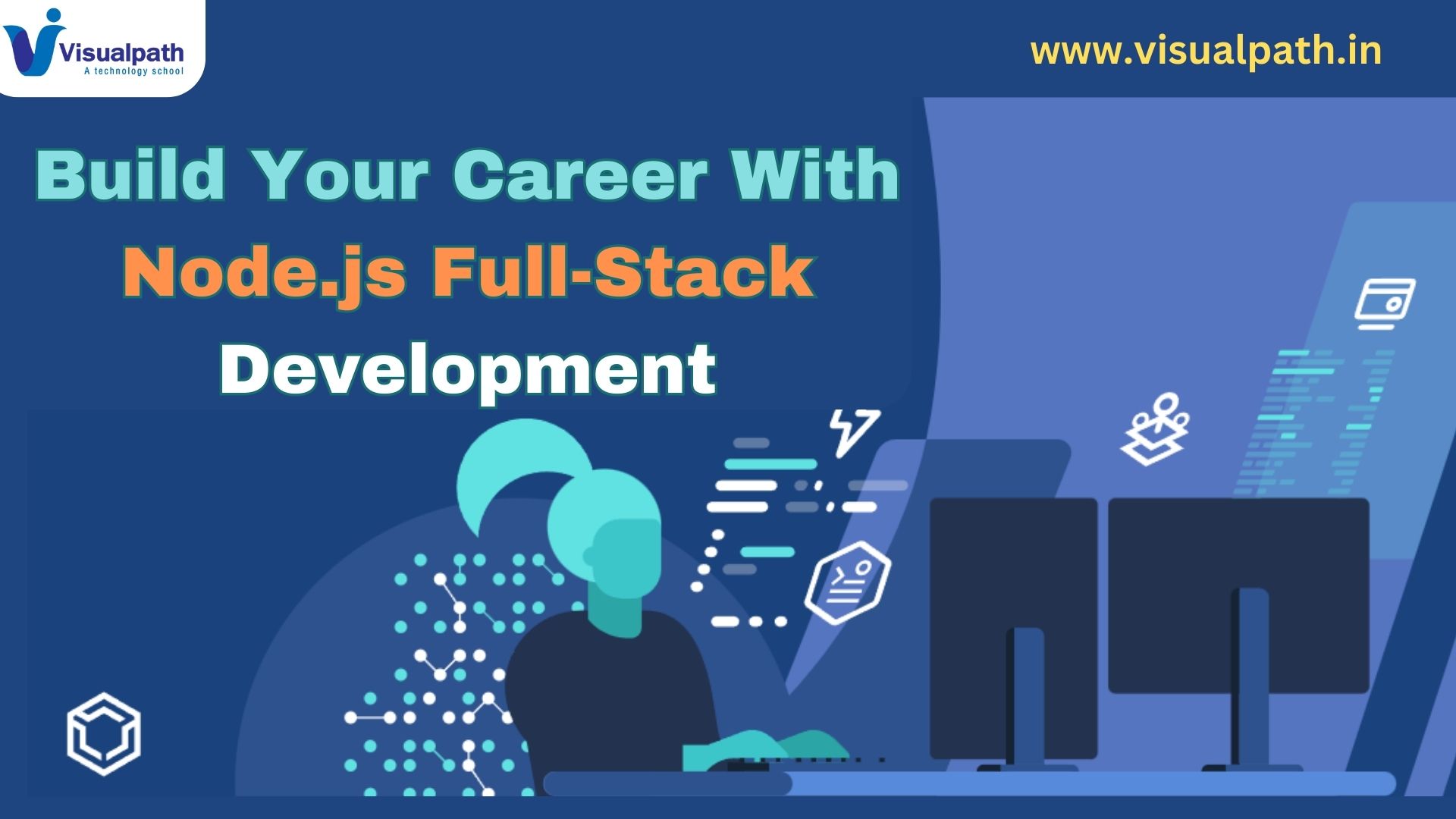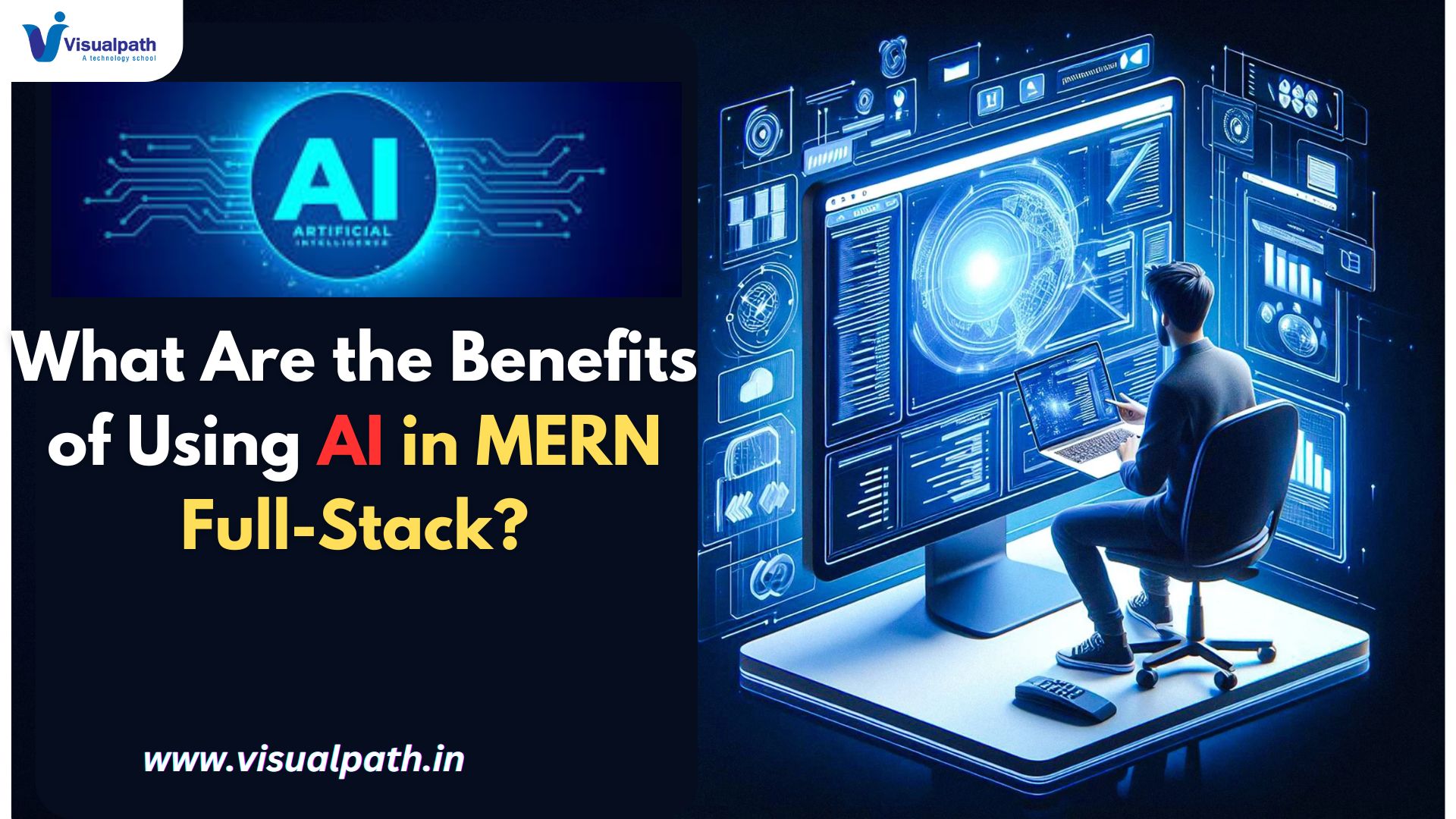MongoDB is a popular NoSQL database management system renowned for its flexibility, scalability, and performance. It diverges from traditional relational databases by storing data in flexible, JSON-like documents, making it ideal for handling unstructured or semi-structured data. If you’re new to MongoDB, Full Stack Online Training Course
Here’s a concise yet comprehensive tutorial to get you started:
Introduction to MongoDB:
MongoDB is a leading NoSQL database solution, designed to handle the challenges posed by modern applications that demand flexible data storage. It’s particularly suited for applications with large volumes of data or those requiring fast, agile development cycles. MERN Stack Online Training
Key Concepts:
- Document-Oriented: MongoDB stores data in documents, which are JSON-like structures. Each document represents a record in the database and can have a varying number of fields, making it highly flexible.
- Collections: Documents are organised into collections, analogous to tables in relational databases. Collections group similar documents together, facilitating efficient querying and manipulation of data.
- Schemaless Design: Unlike relational databases that enforce a fixed schema, MongoDB offers schema flexibility. Documents within a collection can have different structures, allowing for easy iteration and adaptation as application requirements evolve.
Installation and Setup:
- Download MongoDB: Visit the official MongoDB website and download the appropriate version for your operating system.
- Installation: Follow the installation instructions provided for your platform. MongoDB offers both Community and Enterprise editions, with the Community edition being free to use.
- Start MongoDB: Once installed, start the MongoDB server using the provided command-line tools or services. MERN Stack Training in Hyderabad
Basic Operations:
- Connecting to MongoDB: Utilize the MongoDB shell or a graphical user interface (GUI) tool to connect to your MongoDB server instance.
- Creating Databases and Collections: Use commands like use <database> and db.createCollection() to create databases and collections respectively.
- Inserting Data: Employ the insertOne() or insertMany() methods to insert documents into collections.
- Querying Data: Utilize the find() method to query documents based on specified criteria. MongoDB provides a rich query language supporting various operators and aggregation functions.
- Updating and Deleting Data: Use updateOne(), updateMany(), deleteOne(), or deleteMany() methods to modify or remove documents as needed. MERN Stack Training Course in Hyderabad
Advanced Features:
- Indexes: Improve query performance by creating indexes on frequently queried fields.
- Aggregation Framework: Perform complex data processing tasks using MongoDB’s aggregation pipeline.
- Replication and Sharding: Ensure high availability and scalability by setting up replication for fault tolerance and sharding for horizontal scaling.
Best Practices:
- Schema Design: Design your schema based on your application’s access patterns and performance requirements.
- Indexing: Strategically create indexes to optimise query performance.
- Data Modeling: Normalize or denormalise data based on your application’s needs, striking a balance between query performance and storage efficiency.
Resources for Further Learning:
- MongoDB Official Documentation
- MongoDB University: Free online courses and certifications
- Community Forums and User Groups
- Blogs and Online Tutorials
By familiarizing yourself with these basic concepts and practices, you’ll be well-equipped to leverage MongoDB’s capabilities for your projects and applications. Happy coding! MERN STACK Training
Visualpath is the Best Software Online Training Institute in Hyderabad. Avail complete Full Stack (MERN) worldwide. You will get the best course at an affordable cost.
Attend Free Demo
Call on – +91-9989971070.
